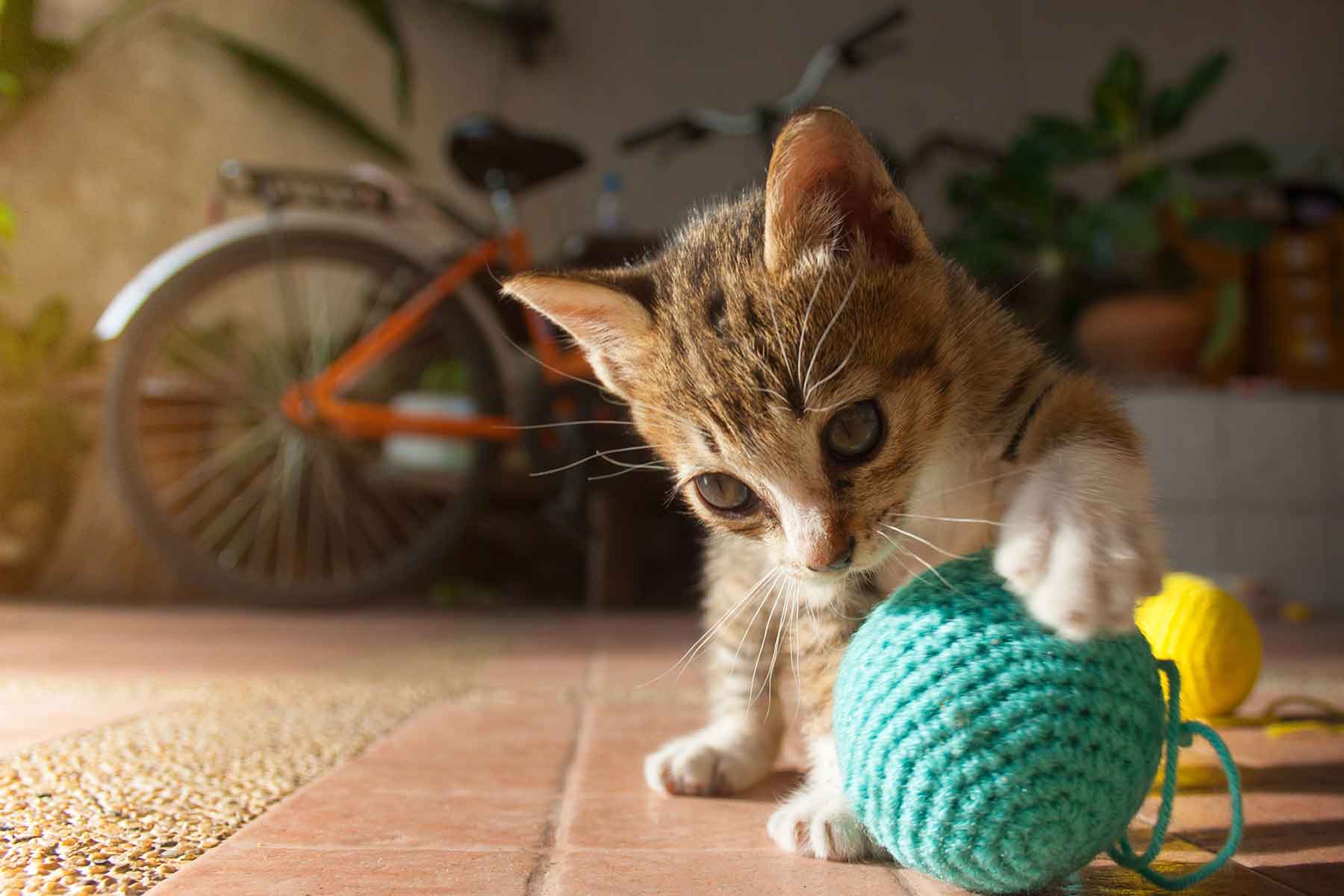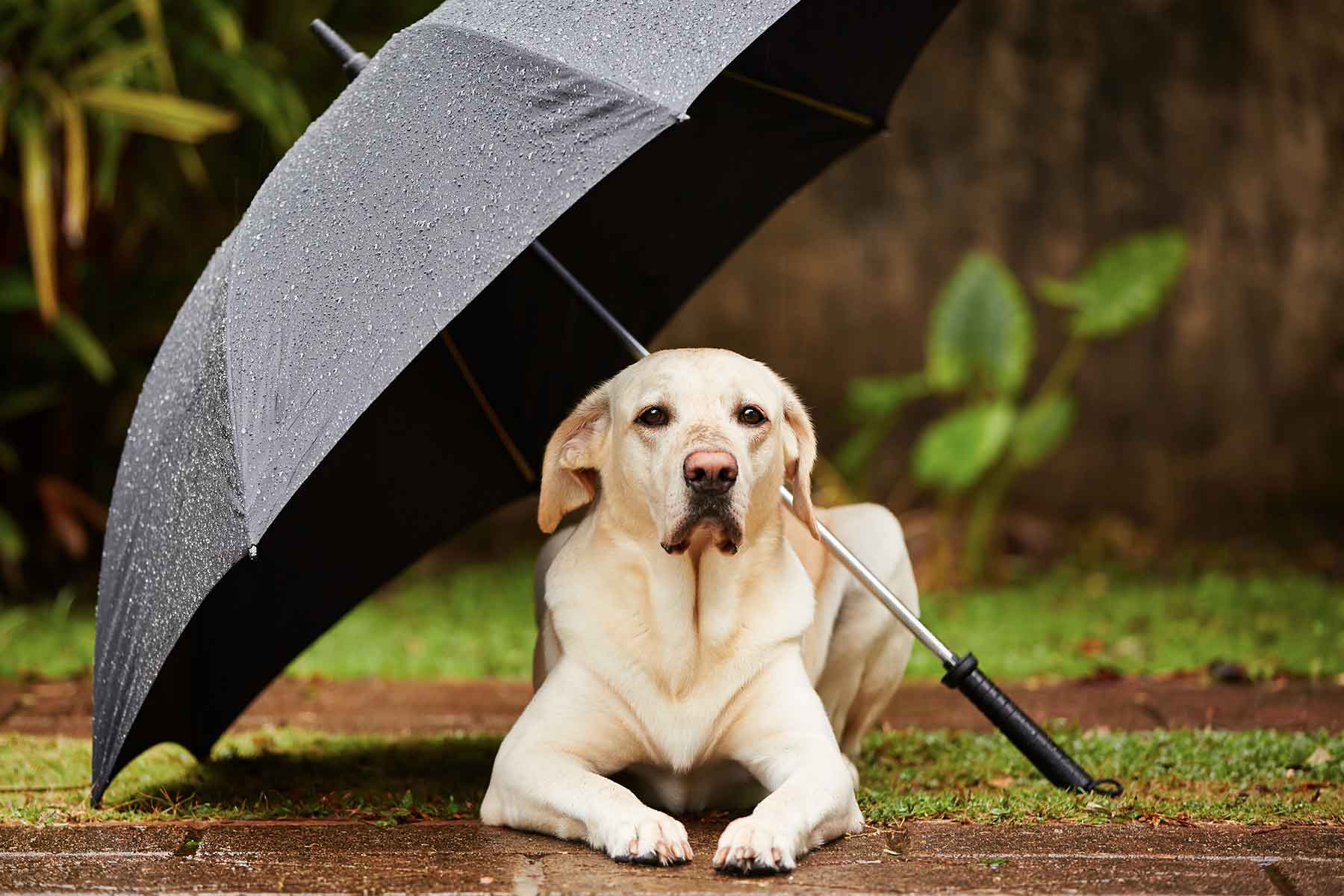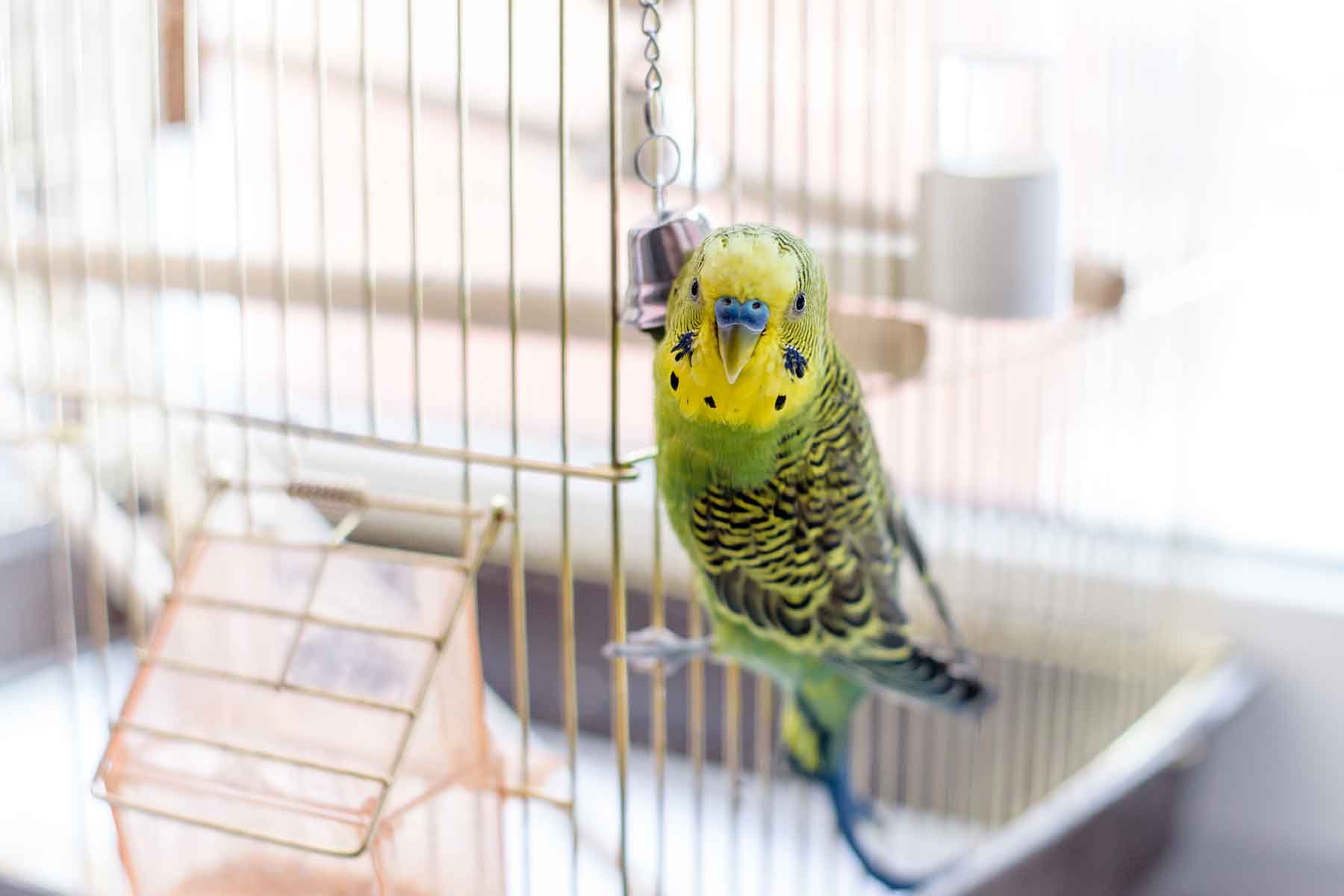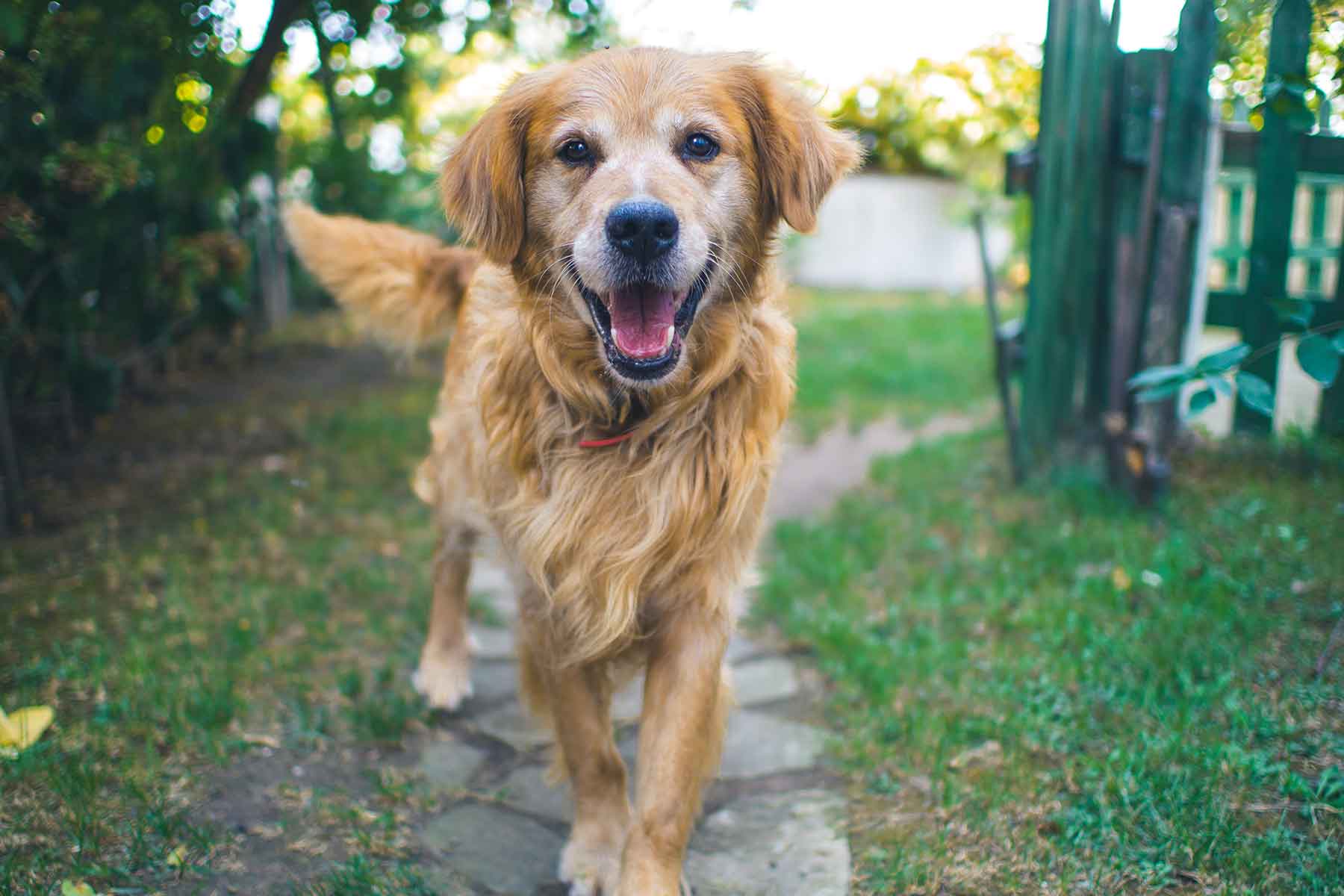Urinary incontinence (an involuntary or accidental loss of urine from the bladder) is a startling and often concerning problem for pet owners. Pets can be incontinent for many different reasons. These reasons can include physical problems of the bladder, the urethra (which is the tube from the bladder to the outside) or neurological abnormalities involving parts of the brain and spinal cord for bladder function. Solving or helping an incontinence problem starts with identifying the cause.
What are the causes of urinary incontinence?
Age related incontinence
As pets age they can become incontinent. This may be due to a weakening of the muscles that hold urine in the bladder. There are many diseases that can cause a pet to create and pass more urine than normal (polyuria) and several of these occur in older pets. If a pet has one of these diseases and often has a full bladder, the full bladder can push against the weakened sphincter and result in incontinence. Older pets can also develop senility and simply be unaware that they are dribbling urine. Treatment including medication for age related incontinence is available.
Hormone-responsive incontinence
Hormone-responsive incontinence occurs in neutered dogs of both sexes and occasionally in spayed female cats but occurs most commonly in female dogs. The pet can urinate normally, but they leak urine while resting. Physical examination, blood and urine tests are usually normal in these pets. Hormone-responsive incontinence can occur months to years after a pet is neutered. Some medications may help with this form of incontinence.
Other medical issues
Birth defects – Young animals may have a birth defect causing incontinence, however these conditions are rare. The most common birth defect that causes incontinence in young dogs is ectopic ureter(s). The ureters carry urine from the kidneys to the bladder. If one or both ureters by-pass the bladder and connect to an abnormal location such as the urethra or vagina, the puppy may drip urine. Female dogs are more commonly affected. A less common cause is a condition called vulvovaginal stenosis in which the vagina at the level where the urethra ends is narrowed. Occassionally when the pet urinates, some urine will get trapped in the vagina in front of this narrowed area.
Central nervous system disorder – Dogs and cats with brain or spinal cord disease or injury may either dribble urine or be unable to pass urine. Most often they will have other signs of nervous system disease such as muscle weakness or paralysis.
Incontinence – Not to be confused
Incontinence can be confused with diseases that cause a pet to urinate more frequently (such as cystitis, urethral blockage or medical diseases) and can also be confused with some behavioural related problems.
Cystitis – A bladder infection can cause either a strong urge to urinate or if the bladder infection is long standing it can cause scarring of the bladder preventing it from stretching to hold urine. In this case the pet is usually not truly incontinent in that they know they are urinating, but they have such a strong urge to empty their bladder that they may urinate in abnormal locations or urinate very frequently. It is common to evaluate incontinent pets for the presence of a bladder infection.
Urethral blockage – Pets with a partial blockage of the urethra with a stone or a tumor may show incontinence. If they cannot empty their bladder completely because something is blocking the path to the outside, the bladder may get so large that the back pressure of urine in the bladder actually forces some urine to leak around the blockage. In these pets the enlarged bladder can be felt on examination and immediate treatment is essential.
Behavioural issues – Submissive urination occurs when a dog is acting submissive to a person or to another dog. Submissive urination occurs more frequently in young animals. The dog usually rolls on its back and urinates. With the correct behaviour modification techniques and further socialisation in a safe environment, most dogs will grow out of this behaviour.
Diagnosis of incontinence
Regardless of your pet’s age, it is absolutely necessary to find out why a pet is showing signs of incontinence so he/she can be treated appropriately. The tests performed to evaluate a pet with incontinence depend upon the age of the pet and on the presence or absence of other signs. It is common to collect a urine sample for bacterial culture and to see if the urine is dilute or shows evidence of an infection.
Questions that your veterinarian may ask to help identify the cause of your pet’s problem:
- The age when incontinence first appeared
- When the incontinence is usually observed, for example at rest or with activity
- Previous surgeries and illness
- Use of medications that might cause the urine to be dilute
- How much water your pet drinks
- How frequently your pet urinates and whether the pet seems to be uncomfortable when he or she urinates
Blood tests may be performed to look for evidence of kidney damage from infection or for the presence of diseases that might lead to increased urine production. Plain and/or dye X-rays or ultrasound may be performed to look at all parts of the urinary tract.
Treating an incontinent patient
Your veterinarian will provide a treatment plan for your pet based on the cause of the incontinence. This may include prescribing incontinence drugs which help to increase the tone of the muscles that hold urine in the bladder. If you find your pet is having ‘accidents’, the best course of action is to call us. Our veterinary healthcare team can assist in identifying and addressing the issues that may be causing involuntary urination.











